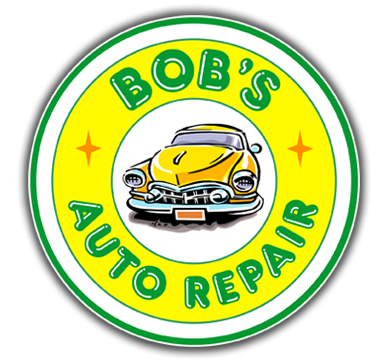Severe Miles – Myth or Reality?
Have you ever noticed that your automobile manufacturer has a schedule in your owner’s manual for what is called “severe service” maintenance? Let’s define what severe driving conditions aren’t: The easiest driving a vehicle experiences is traveling on the interstate for twenty miles or more at a constant rate of 65 miles per hour in 75°F weather with only passengers on board. Change any one of those parameters and you are adding stress to your engine. Change them significantly, and you are driving under severe conditions.
Let’s look at the critical parameters one a time. First, the length of the trip. Short trips around Zephyrhills are harder on an engine than longer ones. As your engine cools down, water in the air condenses onto the engine. When you heat the engine again, the water evaporates off. This is healthy. But on short trips, the engine doesn’t stay hot enough long enough for all of the water to evaporate so it starts to build up in the engine oil leading to sludge, which can clog up your engine and lead to serious engine damage. If most or all of your trips around Tampa are less than four miles, you should consider using the severe service maintenance schedule. Changing your oil more frequently at Bob’s Auto Repair in Zephyrhills will help prevent the formation of sludge.
Each American made car engine has a “power band,” or the range of RPM’s in which it runs most efficiently. Generally this power band falls in the range of Florida highway speed driving. So if you’re driving around town in Zephyrhills all the time, your engine has to work harder. That’s why MPG ratings are so much better on the freeway than in the city. Again, this type of driving is considered severe and requires more frequent maintenance for your transmission, cooling system and brake fluid.
Most of us Zephyrhills motorists think of severe Florida weather conditions when we think of severe driving conditions. And we’re right. Cold Tampa area weather takes its toll on the oil in your vehicle. Remember how water has to evaporate out of the oil to keep your engine healthy? It can take up to ten miles of driving for an engine to get hot enough to get rid of moisture in the oil when the weather is cold.
Hot Zephyrhills weather is also dangerous for American made cars. When an engine runs, it gets hot. The longer it runs, the hotter it gets. If it gets too hot, it breaks down. So it has to be constantly cooled to keep running. Hot Florida weather means your cooling system has to work harder to keep your engine from getting too hot.
Another vital element of severe driving is the conditions we drive through. Dusty, polluted Zephyrhills areas are harmful to your filters. Dirt, dust and contaminants will also get into your fluids, and they’ll get dirty faster, so they’ll need to be changed more often as well. Finally, when you’re pulling a trailer around Zephyrhills, carrying heavy loads or using a car-top carrier, you are putting more stress on your engine. The engine, transmission and brakes are all working harder to handle the extra load.
So, in the end, most of us Zephyrhills auto owners drive under severe conditions some of the time. Smart Zephyrhills motorists will ask themselves the question: “Should I follow the severe service maintenance schedule?” An honest evaluation of our driving habits is the best way to determine which schedule to follow.
